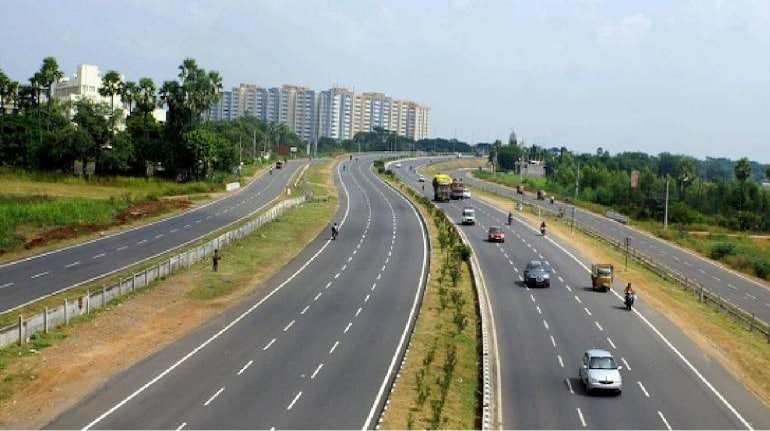



The government's focus on capital expenditure may have begun to crowd in private investment, the finance ministry has said.
Referring to early data for April-June, the finance ministry said in its Monthly Economic Report (CMIE), released on July 14, that the share of the Indian private sector in total investment proposals had hit a record high of 85 percent as against an average of 63 percent in the previous four quarters.
"Going forward, private sector investment is expected to gain further traction on account of recovery in capacity utilisation, bigger appetite for undertaking fresh investments, and crowding-in driven by a huge increase in public investment," the finance ministry said, adding that the government's production-linked incentive schemes should also provide a significant push to private investment.
As per the ministry, numbers compiled by private sector firm Centre for Monitoring Indian Economy showed an uptick in investment momentum in the last quarter. This was despite the Russia-Ukraine war, high global commodity prices, rising interest rates, and the accompanying uncertainty.
New investment projects announced by India's private sector, the finance ministry said, stood at Rs 3.1 lakh crore in the first quarter of FY23 - 17.7 percent higher compared to the previous quarter and 46.7 percent higher on a year-on-year basis. A chart illustrating the data cited 'private sources'.
The finance ministry's assertions seem at odds with ground realities, with private capital expenditure widely seen to be rather muted.
Announcements vs actuals
While private sector project announcements are indeed high - according to rate agency ICRA, these announcements were at an 11-year high in FY22 - the money is not necessarily being spent.
According to the Reserve Bank of India's (RBI) latest Financial Stability Report, released late June, companies have been sitting on increasingly large piles of cash.
"…the share of cash holdings (including balances with banks and highly liquid investments) in total assets increased (in second half of FY22), indicating corporate preference towards cash buffers rather than investing in capacity expansion or new projects," the central bank's report said.
In fact, data compiled by Projects Today - India's largest online databank on new and ongoing projects - show that new project announcements fell 20.5 percent on a quarter-on-quarter basis in April-June to Rs 4.35 lakh crore.
"A fall in the number of mega projects (cost of Rs 1,000 crore or more) was also one of the reasons that led to the decline in fresh capex in April-June. As against 82 mega projects worth Rs 3,47,016.76 crore announced in January-March, only 76 mega projects worth Rs 2,38,196.41 crore were announced in the latest quarter ended June 2022. New capex sans mega projects increased by a decent 17.7 percent on a quarter-on-quarter basis,' Project Today said on July 11.
Even CMIE, on July 4, said early estimates of project completions during April-June suggested no change from the recent trend in completion of capex projects.
"A total of 381 projects were completed during the quarter. Of these, cost estimates were available for 295 projects. These entailed a total investment of Rs 88,700 crore. Revisions could raise this estimate to Rs 1.26 lakh crore or maybe even higher. But, even at Rs 1.5 lakh crore it still suggests an annual completion rate of around Rs 6 trillion," CMIE said.
CMIE has found the level of project completions to have stalled around Rs 6-6.5 lakh crore per year.
Economy holding up
Capex apart, the finance ministry's monthly report said economic activity was holding up better than expected despite the several headwinds globally and domestically.
"In sum, at the margin, June and the first ten days of July were better for Indian macro than the first two months of the current financial year. That is some cause for relief and even cautious optimism in these times," the ministry said.
Commenting on inflation, the finance ministry report said softening of global prices would weaken inflationary pressures in India in combination with the measures announced by the government to bring down price pressures.
"However, as long as retail inflation in India continues to be higher than RBI's tolerance level of 6 percent, as it still is at 7 percent in June 2022, stabilisation policy measures will need to continue walking the tightrope of balancing inflation and growth concerns," the report said.
On the whole, the finance ministy sees the measures taken by the government and the RBI in the last six weeks - including the two rate hikes totalling 90 basis points - and a fall in global oil prices to have reduced India's macro risks.
Discover the latest Business News, Sensex, and Nifty updates. Obtain Personal Finance insights, tax queries, and expert opinions on Moneycontrol or download the Moneycontrol App to stay updated!